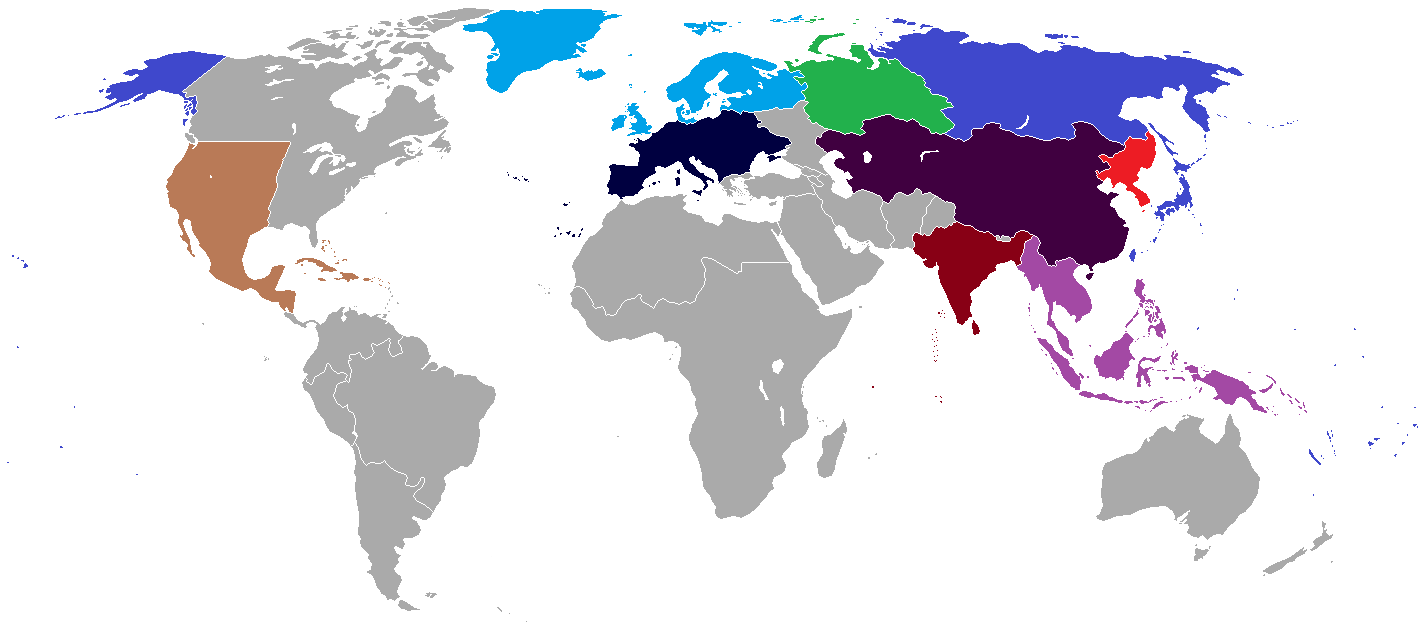

Measured on a purchasing power parity basis that adjusts for price differences, Japan in 2017 stood as the fourth-largest economy in the world after first-place China, which surpassed Japan in 2001, and third-place India, which edged out Japan in 2012. Both features have significantly eroded under the dual pressures of global competition and domestic demographic change. Two notable characteristics of the post-World War II economy were the close interlocking structures of manufacturers, suppliers, and distributors, known as keiretsu, and the guarantee of lifetime employment for a substantial portion of the urban labor force. Over the past 70 years, government-industry cooperation, a strong work ethic, mastery of high technology, and a comparatively small defense allocation (slightly less than 1% of GDP) have helped Japan develop an advanced economy. Fumio KISHIDA became prime minister in October 2021.ĭescription: bicameral Diet or Kokkai consists of: House of Councillors or Sangi-in (245 seats, currently 242 146 members directly elected in multi-seat districts by simple majority vote and 96 directly elected in a single national constituency by proportional representation vote members serve 6-year terms with half the membership renewed every 3 years) note - the number of seats increases to 248 at the July 2022 election for renewal of half the membership House of Representatives or Shugi-in (465 seats 289 members directly elected in single-seat districts by simple majority vote and 176 directly elected in multi-seat districts by party-list proportional representation vote members serve 4-year terms) elections: House of Councillors - last held on 21 July 2019 (next to be held in July 2022) House of Representatives - last held on 31 October 2021 (next to be held by October 2025) election results: House of Councillors - percent of vote by party - NA seats by party - LDP 55, DP 32, Komeito 14, JCP 6, Osaka Ishin no Kai (Initiatives from Osaka) 7, PLPTYF 1, SDP 1, independent 5 composition - men 186, women 56, percent of women 21.3% House of Representatives - percent of vote by party - NA seats by party - LDP 261, CDP 96, Ishin 41, Komeito 32, DPFP 11, JCP 10, Reiwa 3, SDP 1, independent 10 composition - men 420, women 45, percent of women 9.7% note - total Diet percent of women 14.7% note: the Diet in June 2017 redrew Japan's electoral district boundaries and reduced from 475 to 465 seats in the House of Representatives the amended electoral law, which cuts 6 seats in single-seat districts and 4 in multi-seat districts, was reportedly intended to reduce voting disparities between densely and sparsely populated voting districts In November 2019, ABE became Japan's longest-serving post-war prime minister he resigned in September 2020 and was succeeded by Yoshihide SUGA. Prime Minister Shinzo ABE was reelected to office in December 2012, and embarked on ambitious economic and security reforms to improve Japan's economy and bolster the country's international standing. In March 2011, Japan's strongest-ever earthquake, and an accompanying tsunami, devastated the northeast part of Honshu island, killed thousands, and damaged several nuclear power plants. Following three decades of unprecedented growth, Japan's economy experienced a major slowdown starting in the 1990s, but the country remains an economic power. While the emperor retains his throne as a symbol of national unity, elected politicians hold actual decision-making power. After its defeat in World War II, Japan recovered to become an economic power and an ally of the US. Japan attacked US forces in 1941 - triggering America's entry into World War II - and soon occupied much of East and Southeast Asia. In 1931-32 Japan occupied Manchuria, and in 1937 it launched a full-scale invasion of China. It occupied Korea, Formosa (Taiwan), and southern Sakhalin Island. During the late 19th and early 20th centuries, Japan became a regional power that was able to defeat the forces of both China and Russia. Japan opened its ports after signing the Treaty of Kanagawa with the US in 1854 and began to intensively modernize and industrialize. For more than two centuries this policy enabled Japan to enjoy a flowering of its indigenous culture.

In 1603, after decades of civil warfare, the Tokugawa shogunate (a military-led, dynastic government) ushered in a long period of relative political stability and isolation from foreign influence.


 0 kommentar(er)
0 kommentar(er)
